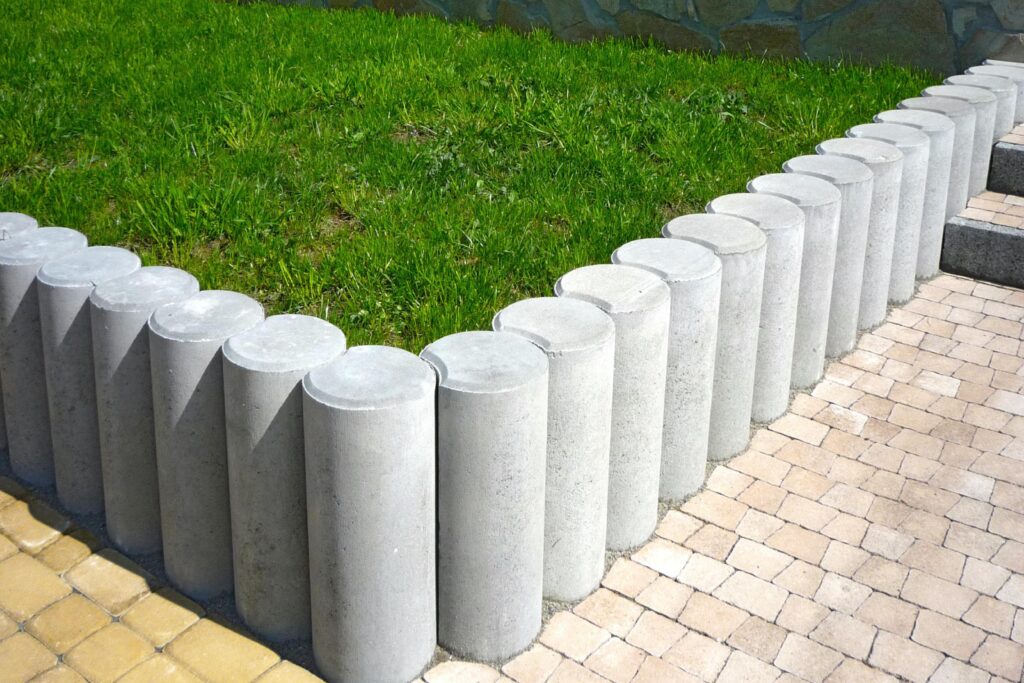Green Foundations: Sustainable Approaches to Tampa Concrete Projects

Sustainable Approaches to Tampa Concrete Projects
A sustainable home starts with a green foundation. Unlike conventional concrete, green foundations are environmentally friendly and last for decades.
Traditional building materials come with a hefty environmental toll, including energy-intensive production processes. Eco-friendly alternatives like Biocement and BubbleDeck technology help reduce both operational carbon and embodied carbon emissions.
Green foundations also help address moisture, capillarity and radon. This includes a drain tile system that prevents water from deteriorating the footings and a ventilation system to address subsoil gas, like radon.
1. Energy Efficiency
Using green practices in construction helps to reduce energy use and waste throughout the life of the building. These methods also reduce the need for heating and cooling, resulting in lower utility bills for building occupants.
Concrete’s thermal mass stores and releases heat more efficiently than other materials, helping to maintain a constant temperature without requiring much energy. This efficiency contributes to lower energy usage, making concrete an excellent choice for sustainable construction projects.
Homeowners who opt for a frost-protected shallow foundation can save $8,000 or more over the cost of a traditional slab. This alternative foundation technique uses foam insulation to elevate the frost depth and help reduce energy costs. It is also more resilient against harsh winter weather. Click to Visit Website
2. Water Conservation
Concrete is a durable material that can withstand heavy loads and harsh weather conditions. It also has the ability to absorb and retain water, which is important in Tampa’s warm climate. By using crushed concrete, which is recycled from existing structures, construction projects can help conserve water resources.
Traditional “gray infrastructure” approaches collect stormwater runoff and transport it to a distant location — often a water retention pond, creek, river, lake, or Tampa Bay. This outdated methodology treats stormwater as a waste product rather than a resource.
As the City of Tampa prepares for unprecedented population growth and a changing climate, it’s focused on achieving its goals and strengthening resilience. The city’s new Roadmap includes the goals of Opportunity for All Tampanians, Thriving Neighborhoods and Climate-Ready Infrastructure.
3. Reduced Carbon Footprint
Tampa’s hot and humid climate results in a high demand for electricity, which increases greenhouse gas emissions. By building with concrete, you can help reduce your project’s embodied carbon footprint.
As part of Mayor Castor’s Transforming Tampa’s Tomorrow initiative, the City has launched several initiatives to minimize greenhouse gas emissions. This includes starting to convert the City’s fleet to electric vehicles and integrating solar at the Government Service Center on Hanna Avenue.
Another way to reduce your carbon footprint is by supporting local green businesses. The nonprofit organization Going Green Tampa is one such resource. It offers a directory of green businesses and a calendar of events that promote sustainability in Tampa. The group also provides environmental and social governance planning services for commercial real estate owners.
4. Longevity
Longevity is the amount of time that a structure, such as a home or office, can last before it needs to be replaced. In addition to saving money, a longer lifespan can have a positive impact on the environment by reducing energy use and pollution from landfills.
Concrete buildings can withstand many environmental factors that shorten the life of other structures, such as air-borne allergens, molds and insects. The durability of concrete is also good for the earth’s environment by reducing the need to harvest and transport wood products.
Concrete companies play a vital role in construction projects that strive to meet sustainability standards. These include recycled content, regionally sourced materials, solar reflectance and permeable hardscape. These are all goals that are achievable through sustainable approaches to Tampa concrete projects.
5. Maintenance
In addition to preventing moisture and structural damage, green foundations help reduce energy consumption by reducing the amount of heat that gets into homes. This is achieved by using more insulated concrete, which also offers greater disaster and rot resistance.
In traditional “gray” infrastructure approaches, stormwater runoff is collected and directed to a distant location – often a large stormwater pond, but sometimes a river, creek, Tampa Bay or the Gulf of Mexico. In this case, the underlying assumption is that the water will eventually make its way back to the groundwater system, but this doesn’t always happen.
In 2021, the Resilient Cities Catalyst (RCC) partnered with Mayor Castor to release the City’s groundbreaking Resilient Tampa Roadmap. The Roadmap provides a holistic approach to building resiliency that incorporates City-identified priorities and actions.





